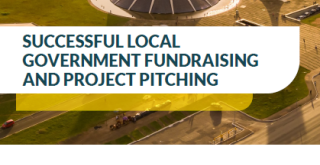
Brasília, the capital of Brazil and a UNESCO World Heritage Site, participates in the GEF-6 Global Platform for Sustainable Cities (GPSC) to strengthen integrated planning and address mounting resource pressures in one of the country’s driest ecosystems. Brasília continues to expand rapidly, adding roughly 60,000 new residents each year. This growth is intensifying pressure on land, infrastructure, and especially water resources, as the city’s demand is projected to outstrip supply within the coming years. Through the GPSC, Brasília is implementing diagnostic assessments and adopting advanced geospatial tools to guide sustainable urban expansion, scenario modeling, and ecological-economic zoning. These instruments help integrate climate change risks and water resilience into planning processes, while training programs build local capacity in data analysis and evidence-based decision-making. The initiative is creating a model for how rapidly growing capitals can balance urban growth with ecosystem conservation and resource efficiency.






